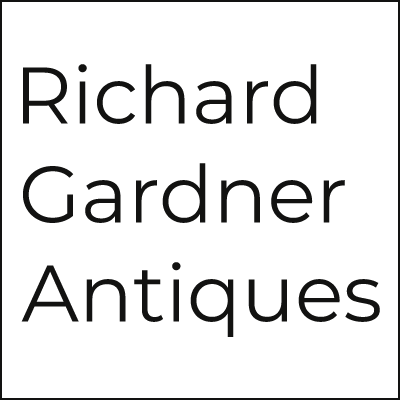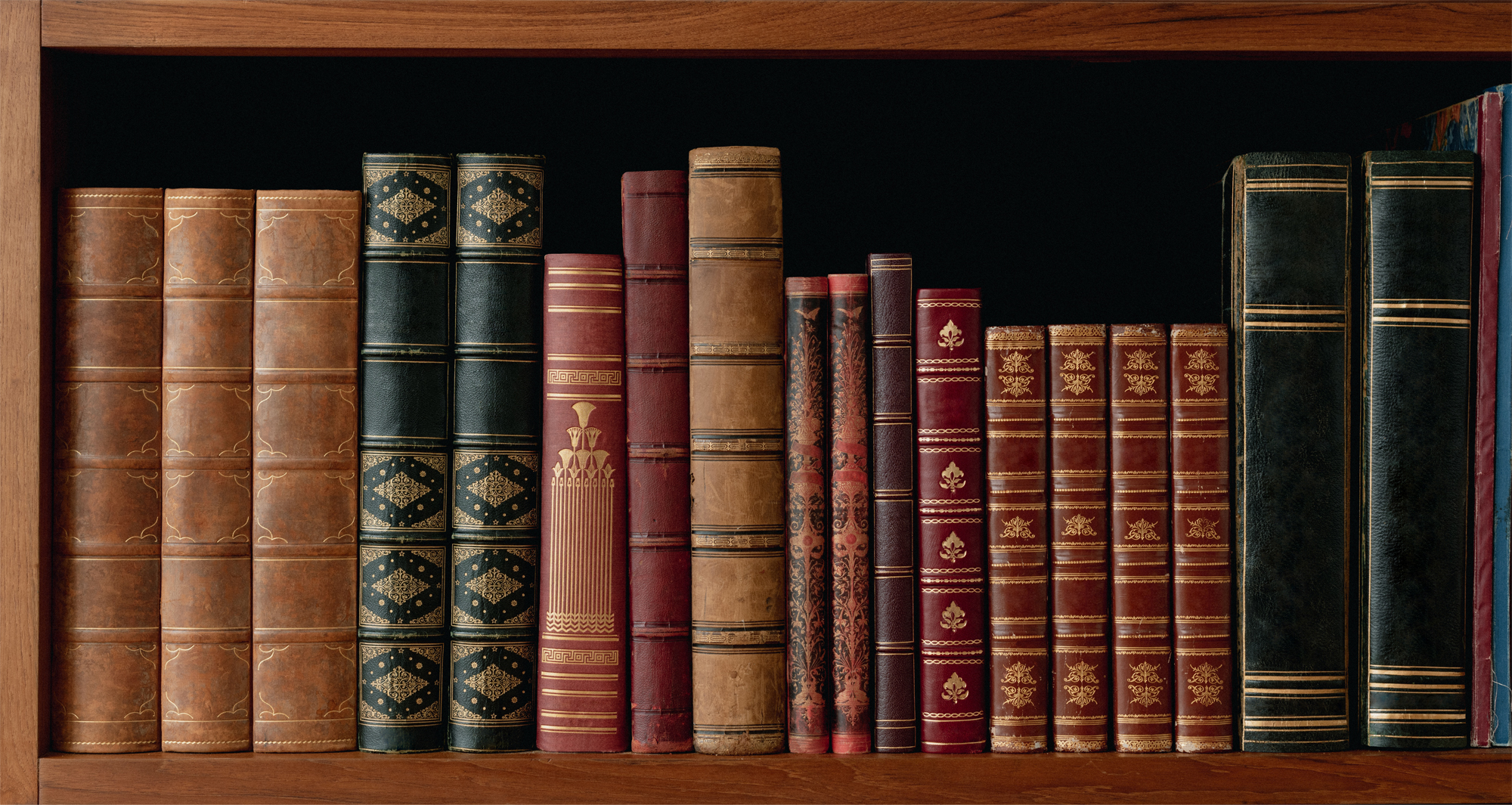K
Kakiemon Japanese porcelain distinctively coloured from C.1660, comprising of turquoise, dark blue, iron-red, black, yellow and occasionally brown. Named after the potter credited with the palette’s invention, Kakiemon I. Was copied at the early European porcelain factories during the early 18th Century in particular at Meissen, Chantilly, Chelsea and Bow.
Kakihan Script mark of a Japanese artist. used to identify Japanses metal work Netsuke, ceramics and Lacquer.
Kaleidoscope Optical toy consisting of a tube that holds little mirror pieces and pieces of coloured paper. When turned changing patterns appear.
Kandler Charles Frederick (fl. 1727-1737) London Silversmith thought of as second to Paul de Lamerie. Made decorative pieces such as wine coolers and tableware in Rococo style. They usually has handles carved in the form of birds.
Kandler, Johaan Joachim (1706-1775) German porcelain modeller. He was chief modeller at the Meissen factory from 1733-1775. He founded the porcelain animal and human figure. Influenced other figures produced in German factories until 20th Century.
kaolin – See china clay.
kard – Indo-Persian straight-bladed, single-edged knife, rather like a kitchen knife. It was carried in a wide scabbard covering much of the hilt.
kashira – See kodogu.
katar – Pointed, double-edged Indian dagger with an H-shaped hilt which was gripped on the crossbar and used with a forward-thrusting action.
Kauffmann, Angelica – (1741 -1807) Swiss-born painter. Kauffmann lived in England (1766-81) before moving to Italy with her husband, artist Antonio zucchi. Her work included wall, ceiling and furniture designs for architect Robert Adam.
kenares – See runners.
kendi – lobular ceramic or metal drinking vessel with a breast-shaped spout, made in the Far East. Chinese porcelain kendi were exported to the Middle East from the 15thC.
Kent, William – 1684-1748) Painter, architect, designer and landscape gardener. Kent’s buildings were inspired by the austere, Classical lines of palladian style architecture, which he had studied in Italy 1709-19, and influenced also by Inigo jones. Kent’s house interiors, however, had a more ornate, baroque style and richly carved, architectural-style furniture, which formed part of a unified scheme. Kent was an acknowledged authority on taste in his own lifetime, and had a great influence on contemporary style.
Kerr & Binns – See worcester.
keyless watch – Watch which is wound by means of an attached key, a ribbed knob or button, rather than by a separate key. The
keyless, or button-wound watch was first patented 1820 and much modified and improved during the 19thC, but not generally adopted in Britain until after 1880.
kick – Indentation in the base of glass objects, designed to increase stability.
Kidderminster – Key centre for carpet-making from the late 17thC. The Worcestershire factories initially produced flat-weave carpets, which were largely superseded in 1749 by hard-wearing moquette carpets. The town was the first British carpet centre to use the Jacquard loom in the early 19thC, and the industry continued to expand throughout the 19th and 20th centuries.
kilim – 1A flat-weave rug. Technically, the word as used in the East refers only to ‘slit-tapestry’ weavings, so called because the weft is discontinued with each change of colour, creating slits. The word kilim is of Persian (Iranian) origin, but the rugs are mainly associated with Anatolia in central Turkey, although they are also made in the Caucasus -where they are known as palas – and elsewhere. Kilims are noted for bright, almost garish, colours and bold designs, often incorporating stylised animals and birds. 2 Kilim can also refer to the flat, woven fringe used to finish off the edges of a pile carpet
kindjahl – A double-edged sword or dagger of south-east Europe and Iran. The hilt tapers inwards from the shoulder to form the handgrip then broadens out again to provide a handstop; there is no crossguard.
king’s pattern – See cutlery.
kingwood – See rosewood.
kinji – Japanese term meaning ‘ground gold’, used for highly polished gold lacquer on furniture and other decorative objects. Powdered gold is painted or sprinkled onto a lacquered base and then covered with several layers of clear lacquer.
kiseru – See tabako-ire.
Klint, Kaare – (1888-1954) Danish architect, furniture designer and academic who was largely responsible for the Europe-wide popularity of Scandinavian furniture in the 1920s and 30s. His furniture designs made effective use of natural materials such as unvarnished wood and undyed leather and textiles. They were simple, highly practical and geared to the principles of ergonomics.
klismos – A Classical chair style from ancient Greece with a shallow, concave backrest and slightly splayed legs. It was said to be the first chair which provided a comfortable, relaxed sitting position. The style was revived in Europe during the late 18th and early 18th centuries.
kneehole – A recess or opening to provide leg space, introduced to desks, dressing tables and bureaux in the late 17thC. The
kneehole desk, introduced in the 18thC, is a desk made in one section with a central recessed cupboard below the frieze drawer and three drawers either side.
knives – See cutlery.
knock-down furniture – Term (often abbreviated to KD) used from the late 19thC for furniture that is readily dismantled or folded.
Knole sofa – Upholstered sofa which transforms into a day bed when the arms are lowered on an iron ratchet. The Knole sofa dates from the early17thC, named after an example at Knole, Kent, and was much copied in Victorian times.
knop – Decorative knob of various shapes, and seen, for example, as part of the stem of a drinking glass or as a turned feature in furniture. When the knop forms an endpiece, as on a spoon handle, lid or chairback, it is known as a finial.
Knox, Archibald – See tudric.
knuckle joint – Interlocking joint of wood used as a hinge on the brackets of drop-leaf tables.
knurling – A decorative edging seen particularly on late 19thC gold and silver. It is an irregular version of gadrooning with grooves cut at varying intervals to create an effect similar to oblong bead moulding.
kobako – Small, shallow Japanese lacquer box, sometimes with a tray, for storing incense, and similar in style, shape and decoration to a kogo.
kodansu – Japanese for ‘small box-chest’, describing a small lacquer cabinet containing a nest of drawers enclosed by a door for holding personal accessories. It often has engraved silver mounts.
kodogu – Japanese term for the metalwork and metal mountings on a sword. Kodogu includes the tsuba (sword guard) , fuchi and kashira (terminals at the top and bottom of the hilt) , menuki (hilt ornaments) , kogai (skewer), mekugi (rivet securing the blade of a sword) and kogatana (utility knife). The kozuka is the long, flat handle of the kogatana and sometimes refers to the knife itself.
kogo – Shallow, lidded, miniature Japanese box for storing incense (kogo means ‘incense box’). Kogo are normally of wood covered with lacquer, but sometimes of ceramic or metal, and are of various shapes. They are usually highly decorated. Kogo first appeared in the 12thC for use at incense and tea ceremonies. Peak production was in the 19thC, when many were exported to the West.
kokeshi – Traditional wooden Japanese folk doll with a cylindrical body, round head and painted features. Dating from the 17thC, kokeshi are thought originally to have been mementos from healing springs,
kraak porselein – Dutch term for blue and white chinese export porcelain of the late 16th and early 17th centuries usually decorated in underglaze blue. Kraak was later extensively imitated at the delft potteries. The term comes from the Portuguese carracks, ships carrying cargoes of Oriental china, which were captured by the Dutch.
kris – A traditional dagger of Malaya and the East Indies. The blade is usually rough and either straight or serpentine, widening at the hilt; the grip is straight or acutely angled.
Krog, Arnold – See copenhagen.
kufic script – Ancient Arabic writing, often used in a stylised form.
kukri – The traditional knife of Nepal, with a curved, broad blade. Those that were carried by Gurkha troops have a black leather scabbard containing two implements; one for use as a small knife, the other a sharpening steel.
Kurfiirstenhumpen – See humpen.
kurk – The name used in the carpet trade for the finest wool available for weaving carpets. It is shorn from the underbelly of sheep and is used to make extremely soft and fine carpets. The word is Armenian for ‘wool’. It is most commonly used in the context of 19th and 20thC rugs from Kashan, a major weaving centre in Iran.
Kutani – Various wares made in the region of Kutani, Japan, from the 17th to the early 20th centuries. They include the following: 1 Thin eggshell porcelain tea and coffee services which are painted predominantly in shades of grey and gold, and sometimes marked ‘Kutani’. lithophanes are occasionally incorporated into the base of the cups. The quality can be good, but this is rare. More common are items mass-produced in the 20thC, which tend to have transfer-printed outlines filled in with sloppy painting. 2 A relatively heavy porcelain decorated predominantly in iron-red enamel with detailing in black, greys and gilding, occasionally with other colours. It is seen on large dishes, pairs of vases and figures of the meiji period (1868-1912). 3 Oatmeal-coloured earthenware, sometimes called Kaga ware, covered in brocade and panel designs, often carrying the Kutani mark. Wares, made from c. 1860, include steep-sided dishes, incense burners with a figure or shi-shi (Buddhist lion) handles and finials. 4 Ao (green) or Ko (old) Kutani are mainly dishes with a porcelain or straw-coloured stoneware body, the inner surface painted with asymmetrical brocade or geometric panels outlined in black and filled in with a palette of thick but translucent enamel colours. Deep green is most common; smoky yellow, aubergine, blue and occasionally dark iron-red are also seen. The undersides are often completely green with a black wavy line. Some pieces date from the 17thC, but most found in Europe date from the 19thC.
kwaart – A second, lead glaze added to tin-glaxed eartheware after decoration and firing. It was introduced on delft ware in the 17thC, to enhance the brightness of the colours and give a smooth, glassy finish. The idea was taken up by the British, at bristol for example, during the early 18thC, but with less striking results.
Kyoto – Centre of Japanese ceramic production 1615-1868, noted particularly for enamelled and gilt pottery initiated by the 17thC potter Ninsei. Much satsuma ware of the meiji period (1868- 1912) was made or enamelled in Kyoto.


